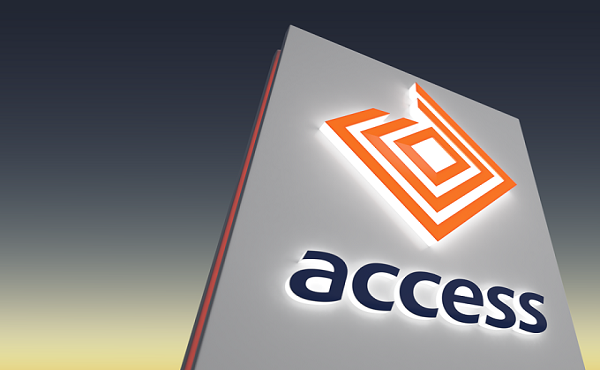Access Bank Grows Total Assets to GHS 19.4bn in Q3 2025 on Stronger Investments and Lending
Access Bank Ghana has recorded steady balance sheet growth in the third quarter of 2025, with total assets increasing by GHS 2.32 billion year-on-year, driven mainly by higher investment securities and customer loans.
According to the bank’s 2025 third-quarter financial statements, total assets rose from GHS 17.08 billion in Q3 2024 to GHS 19.40 billion by Q3 2025. The growth was underpinned by increased holdings in investment securities, which stood at GHS 6.20 billion, and loans and advances to customers, which reached GHS 3.59 billion at end-September 2025.
However, the value of cash and cash equivalents declined from GHS 5.07 billion in Q3 2024 to GHS 4.24 billion in Q3 2025, reflecting a reduction in liquid assets over the period.
The bank’s total liabilities increased to GHS 17.26 billion, up from GHS 15.14 billion recorded in the corresponding period last year. This growth was largely driven by higher customer deposits, which climbed to GHS 14.01 billion in Q3 2025 from GHS 13.19 billion in Q3 2024.
The difference between assets and liabilities leaves shareholders’ equity at GHS 2.13 billion, highlighting a modest strengthening of the bank’s capital position.
Access Bank’s total comprehensive income at the end of Q3 2025 stood at GHS 442 million, representing a decline from the GHS 544 million reported during the same period in 2024.
In terms of financial resilience, the bank’s Capital Adequacy Ratio (CAR) stood at 16.87 percent as of end-Q3 2025, comfortably above the Bank of Ghana’s regulatory minimum of 13 percent, though lower than the 18.29 percent recorded in Q3 2024.
On asset quality, the bank maintained a strong loan book, with the non-performing loan (NPL) ratio inching up slightly to 3.94 percent from 3.82 percent a year earlier. This remains well below the industry average of 20.8 percent, signalling prudent credit risk management.
Access Bank’s third-quarter performance underscores continued balance sheet expansion and strong asset quality despite moderated profitability and a slight dip in capital buffers.








